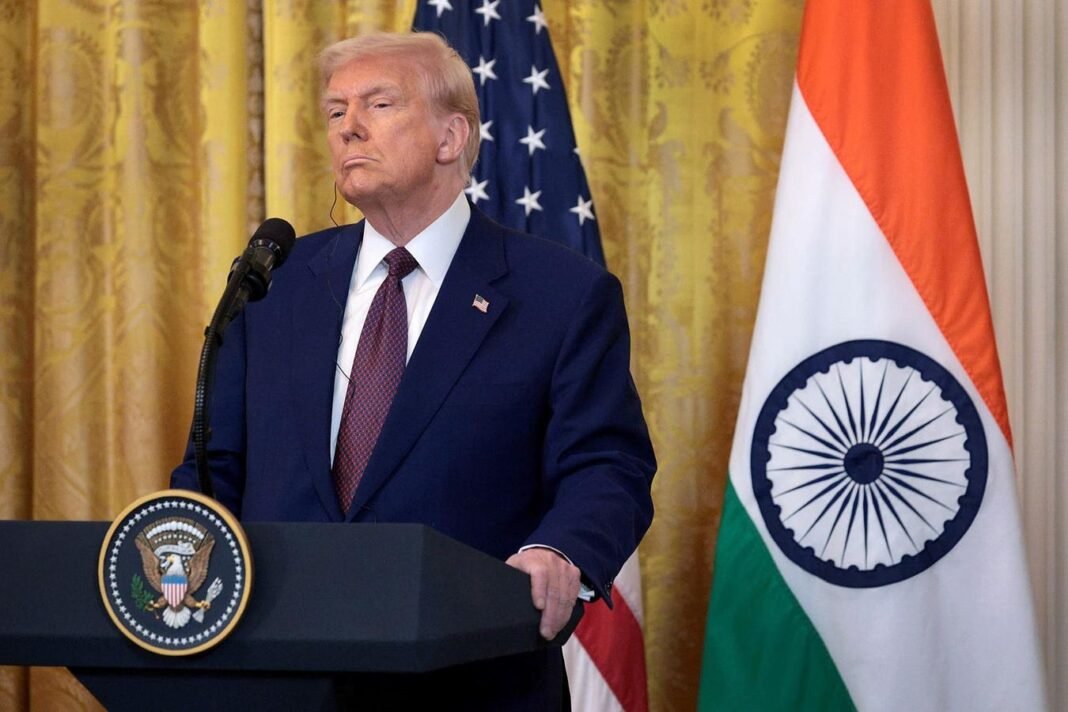Understanding the new Financial Bond Requirements for U.S. Visa Applicants
Overview of the Visa Bond Pilot Initiative
The U.S. Department of State has launched a pilot program that requires certain foreign visitors, including tourists and business travelers, to post significant financial bonds as a guarantee against overstaying their visas.This initiative reflects ongoing efforts to tighten visa regulations and minimize unauthorized stays within the country.
Scope and specifics of the Pilot Program
This year-long trial targets applicants from select countries who seek B-1/B-2 visas-used for temporary business or leisure visits-and may require them to secure bonds ranging between $5,000 and $15,000. The selection criteria focus on nations with elevated rates of visa overstays combined with limited available screening data.
The program also addresses concerns related to Citizenship by Investment (CBI) programs offered by some Caribbean, European, and Middle Eastern countries that do not mandate residency requirements. These schemes have been identified as potential avenues for visa misuse.
Although exact countries involved remain undisclosed publicly, officials anticipate around 2,000 applicants will be affected during this pilot phase. Most are expected from countries with relatively low travel volumes to the United States but higher risk profiles regarding visa compliance.
Financial Consequences for Travelers
The bond serves as a monetary assurance ensuring visitors adhere to their authorized stay durations; however, procedures for reclaiming these funds after compliance have yet to be clarified fully. Alongside this bond requirement, Congress has approved a new $250 visa integrity fee applicable across most nonimmigrant visas starting in 2026-a considerable increase compared with international standards.
A Global Viewpoint on Visa fees
This adjustment places U.S. visitor visa costs among the highest worldwide. For comparison: Canada charges approximately CAD 100 (around $75),while australia’s visitor visa fee is AUD 145 (about $95). Such elevated fees could discourage international travelers who otherwise contribute substantially to local economies through tourism spending.
Implications for U.S. Tourism Economy
International tourism remains one of America’s key economic pillars; in 2024 alone,foreign visitors spent an estimated $254 billion on travel-related goods and services domestically-highlighting tourism’s critical role in supporting millions of jobs nationwide.
A recent forecast by global travel analysts suggests that restrictive policies like increased fees and bond requirements may lead to reduced international visitor spending throughout 2025 if current trends continue unabated.
The FIFA World Cup 2026: Potential Risks Amid High Expectations
The upcoming FIFA World Cup scheduled across North American cities is projected to generate approximately $30 billion in economic activity through ticket sales, hospitality services, transportation usage, merchandise purchases, and more. However, much depends on attracting large numbers of overseas fans filling stadiums and hotels alike during this global event.
If additional financial barriers deter international attendees-especially those from countries subject to higher bonds or fees-the anticipated influx might fall short despite FIFA’s projections expecting an even split between domestic spectators and foreign visitors at matches hosted throughout North America.
Cautions Raised by Industry Experts
“Raising costs for legitimate international travelers effectively acts like tariffs on one of our nation’s most valuable exports: inbound tourist spending,”
warn leading voices within travel advocacy circles concerned about maintaining competitiveness amid rising entry expenses.
Experts emphasize that balancing national security priorities while preserving open access is essential if America aims to retain its status as a premier global destination amid intensifying worldwide competition.
An Illustrative Case: Challenges Faced by Business Travelers
A multinational company recently reported challenges sending executives abroad due not only to extended vetting processes but also because employees hesitate when confronted with upfront deposits exceeding several thousand dollars merely for entry clearance-even though their trips last only days or weeks.
Such obstacles threaten vital cross-border commerce activities crucial for fostering innovation partnerships between American firms and their overseas counterparts alike.
Navigating Stricter Financial Requirements Amid Evolving Travel Trends
The introduction of substantial financial guarantees alongside increased application fees marks a notable shift toward more rigorous control over temporary entries into the United States.
While these measures aim primarily at reducing overstays linked historically with specific regions or citizenship-by-investment programs lacking residency obligations,
they raise important questions about broader impacts on tourism growth objectives-particularly during major events such as World Cup 2026.
Stakeholders urge policymakers carefully balance security advantages against potential economic drawbacks before considering expansion beyond this pilot stage.





